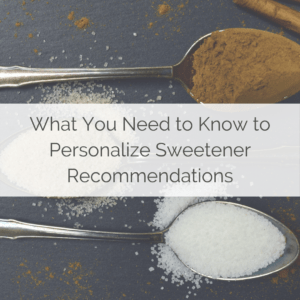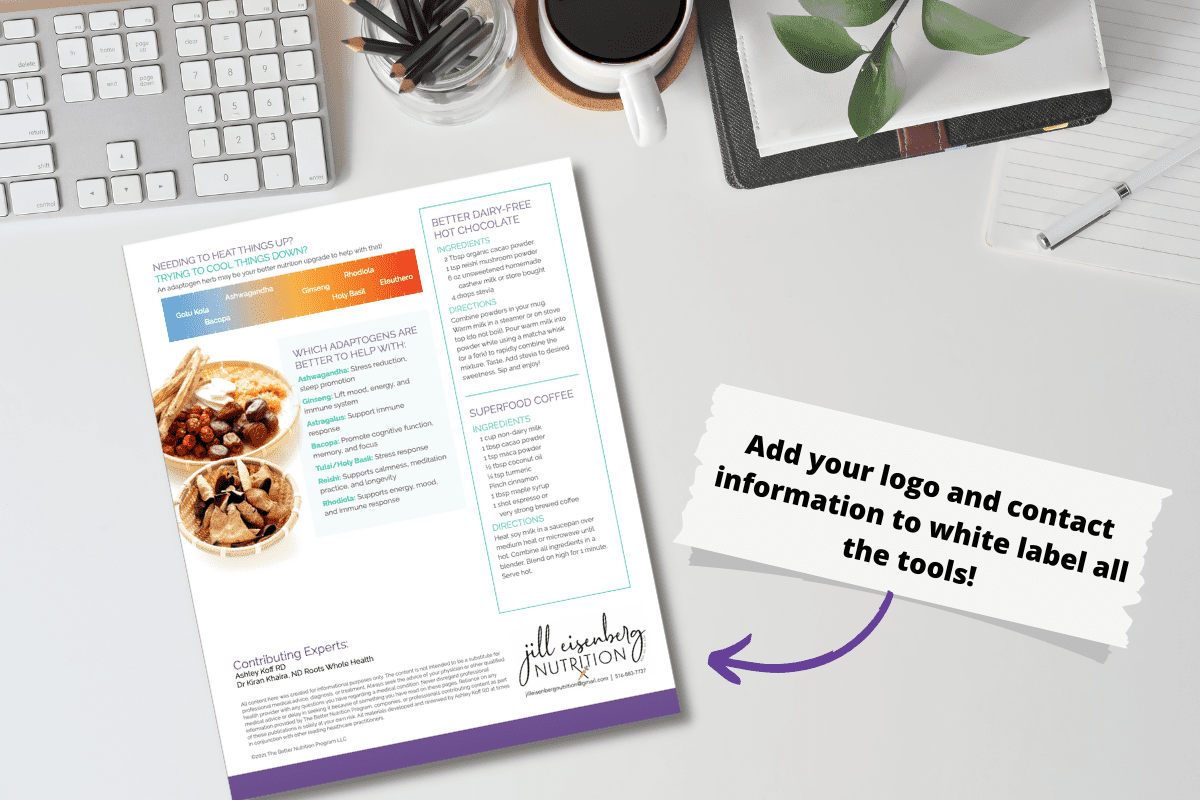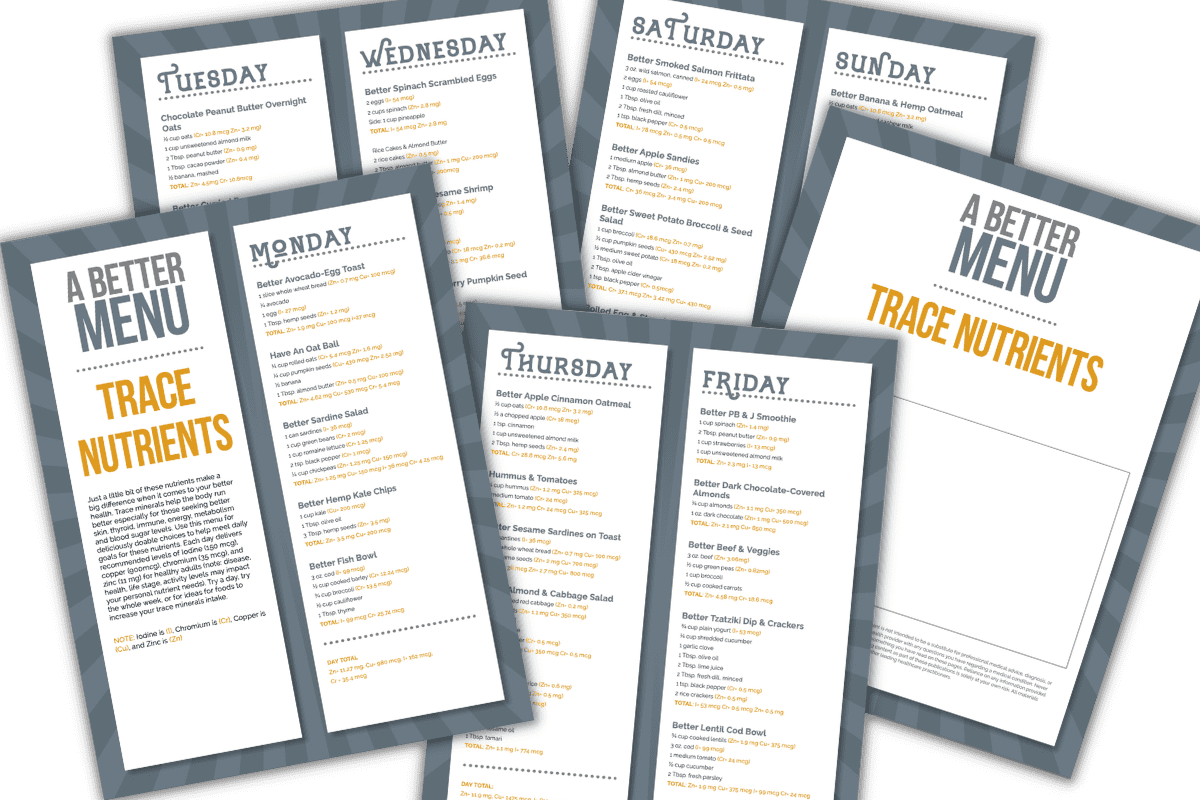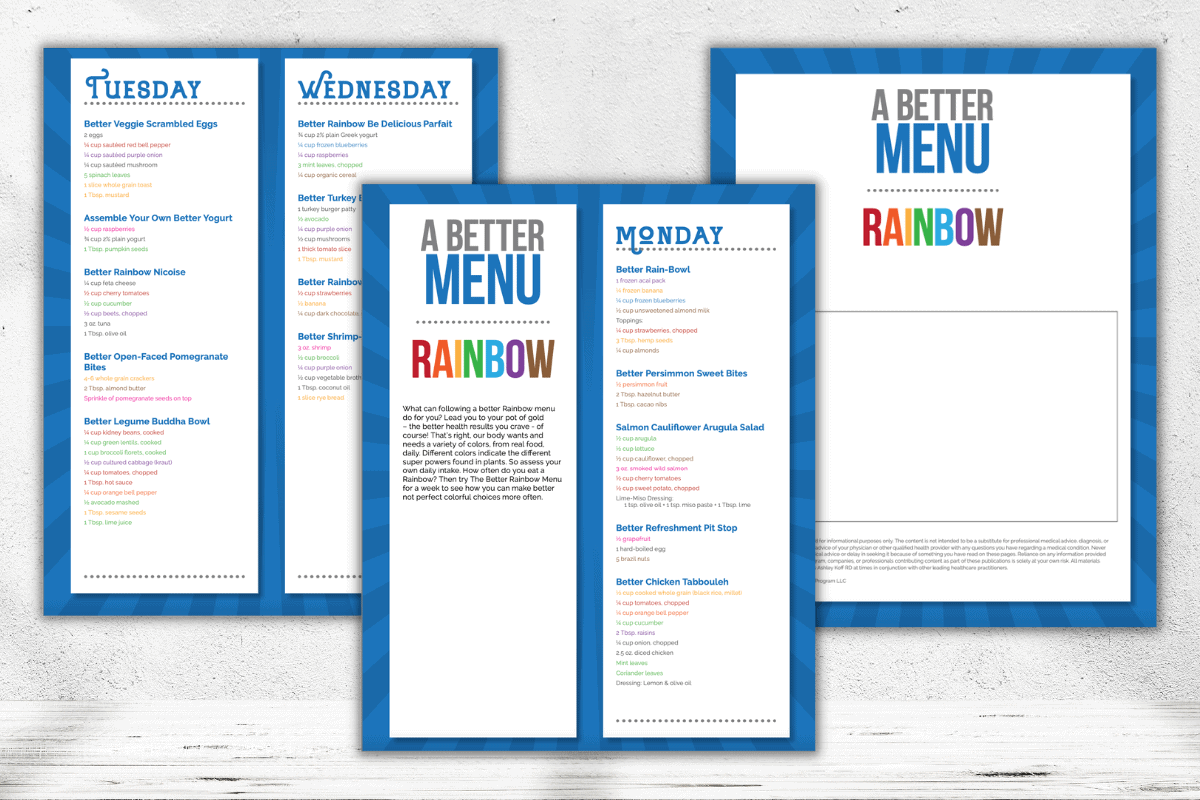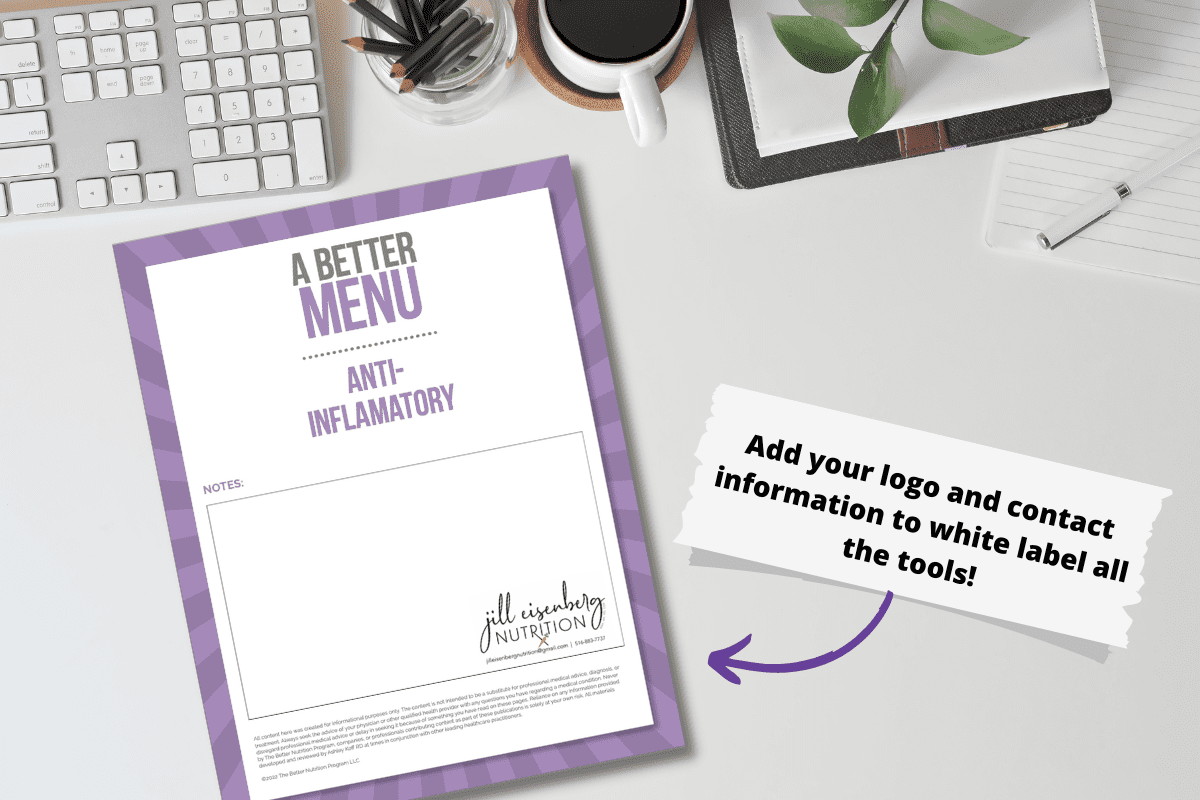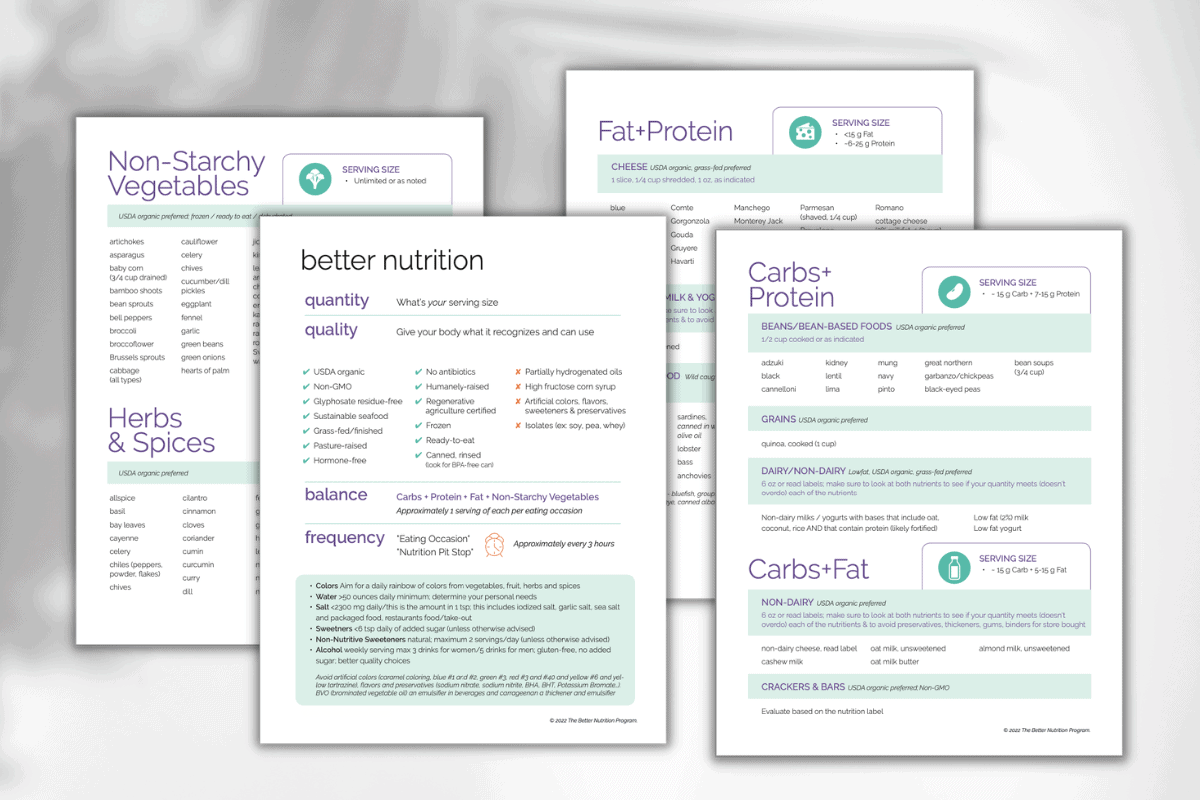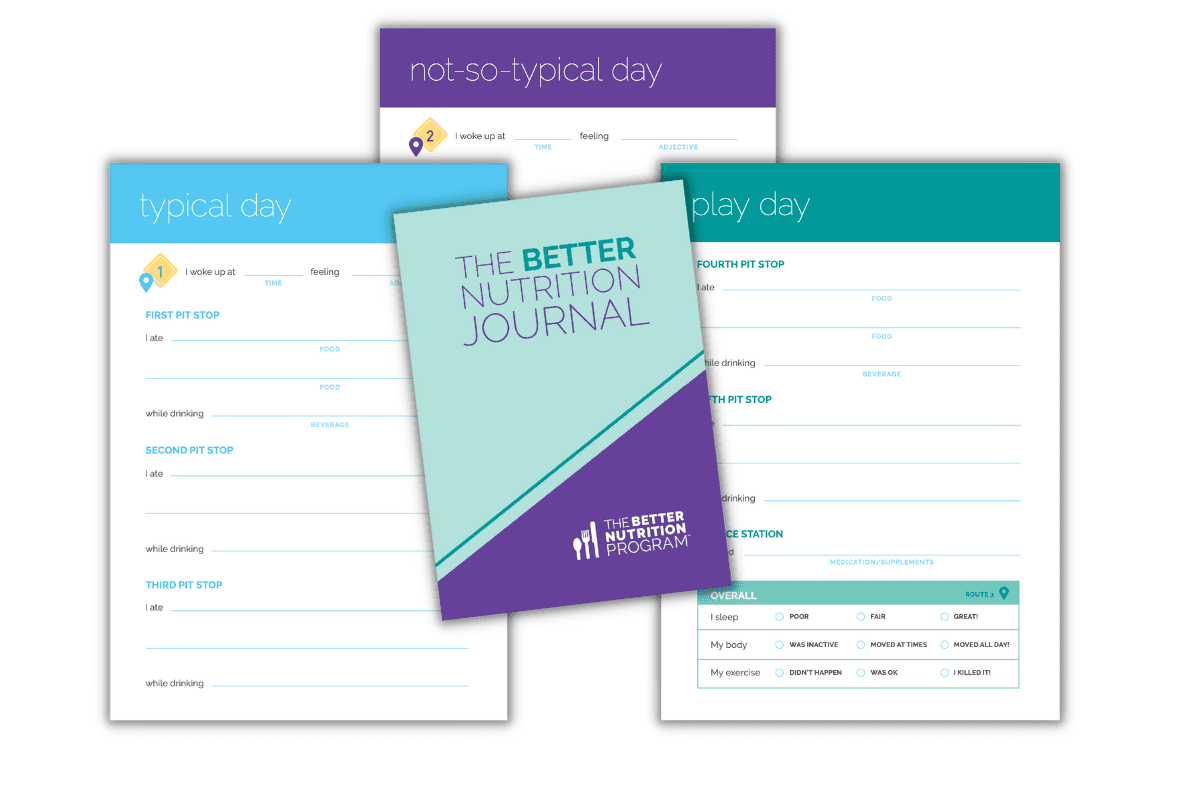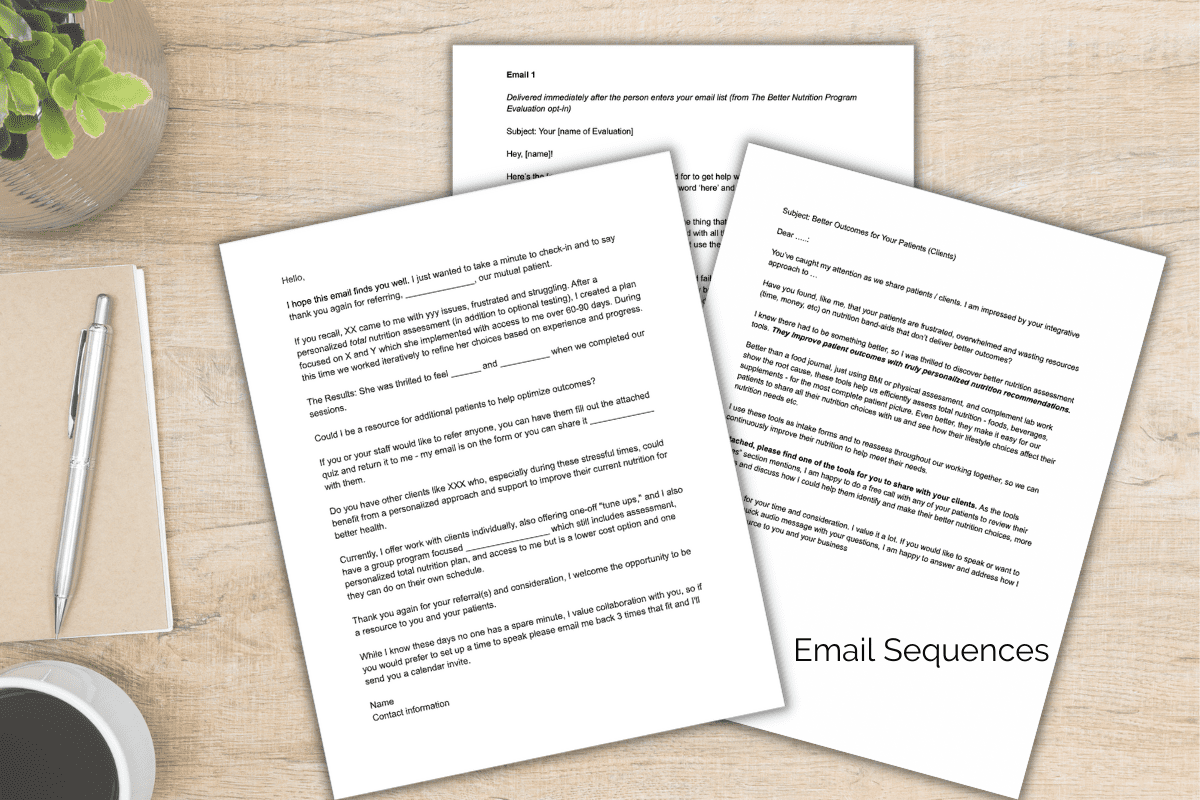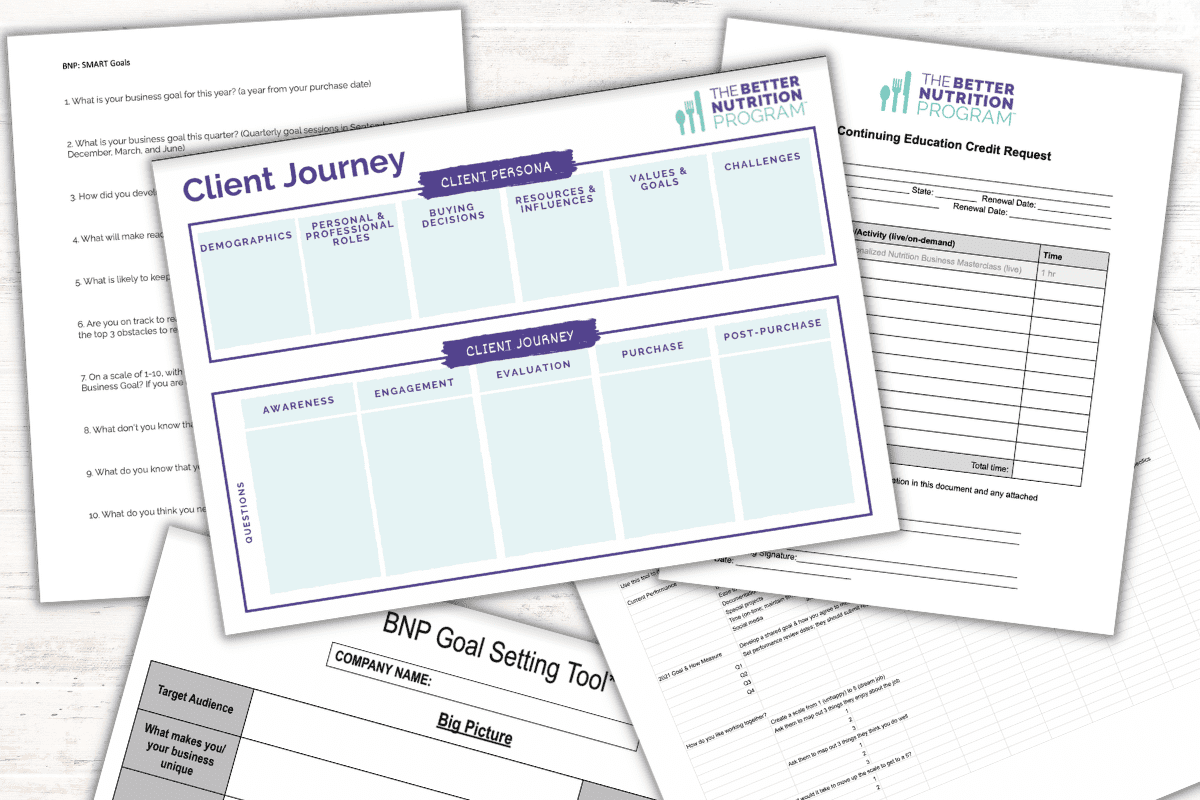Consumers are getting the message that they need to eat less sugar—but simply swapping the white stuff with a better sweetener isn’t always, well, better. Here’s how to come up with a winning, personalized strategy for each of your clients.
In this article, you’ll …
- Learn the one simple test that’ll help you gauge your clients’ taste for sweets
- Understand the different types of sugar alternatives, plus the important factors to keep in mind about each one before recommending them
- Get the info you need to have better conversations about sugar and non-nutritive sweeteners with your clients
There’s no question that consumers are getting the eat-less-sugar message loud and clear. From popular 21-day sugar detox challenges to a new mandatory “added sugars” section on Nutrition Facts labels, it’s as if sugar has become public enemy number one. And for good reason: One study that looked at people over the course of 15 years found that those who got 17% to 21% of their calories from added sugar had a 38% higher risk of dying from cardiovascular disease compared with those who got 8% of their calories as added sugar. As a result, there’s a good chance your clients are asking you about non-nutritive sweeteners, which offer the taste of sweetness without the calories that come jam-packed in the white stuff.
Yet these alternatives to sugar aren’t necessarily the magic bullet your clients are hoping for, says Alisa Bloom, MPH, RDN, a registered dietitian nutritionist and health and wellness coach. “If the goal is to reduce sugar intake, you might actually end up trading one problem for another if you simply replace cane sugar with non-nutritive sweeteners,” she says. “Ultimately, that will just keep your clients hooked on sweets.”
Instead, you’ll want to personalize your sweetener strategy so your clients make better decisions that they’ll be able to stick to over the long haul, adds dietitian Ashley Koff, RD, CEO of The Better Nutrition Program. Here’s how.
3 Steps to a Winning Personalized Sweetener Strategy
To help your clients minimize their added sugar intake—while still satisfying their sweet tooth when cravings strike—start with these steps:
Step No. 1: Understand what sweet means for each of your clients with this simple test. When you talk to people about what they think is sweet, it’s amazing how different the answers can be. While one person may think a square of 60% dark chocolate is super sweet, someone else might say that same piece of dark chocolate is downright bitter. For a client who limits her added sugar intake, a bowl of in-season strawberries will taste like dessert; for another client whose diet is loaded with added sugars (non-nutritive sweeteners count, too!) or who has digestive issues, those berries may taste bland. “As practitioners, we have to stop telling people who are hooked on sugar to have some fruit instead, making it sound easy,” says Koff. “The truth is that a piece of fruit may be 1,000 times less sweet than what someone’s used to, which means that the client is going to need a sweet re-training program.”
Yet like any good training program, you have to start by getting a baseline. To gauge a client’s taste for sweets, do the apple test: Have your client take five bites of an apple and then rate how sweet it is on a scale of one to 10, with 10 being super-sweet. If a client doesn’t say that her apple tastes about seven or greater for sweetness, her taste buds need re-training, says Koff. “This test is crucial, because it gives you a reference point that should inform where you go from there,” adds Bloom. “It gives you an objective measure of sweetness and can be used again to see how a client’s taste buds change over time based on the foods she’s choosing.”
Note: For clients who are heavily dependent on sugars, this test might feel scary, says Bloom. “This is where even a test like this needs to be personalized,” she says. To build confidence in a client early on and help them score some wins on which you can build upon, you might make some initial changes and then do the apple test a couple weeks or even a month into working together. “Remember, you want to be able to propel people forward with their wins,” says Bloom. “Don’t use this test if you think it might strike fear in a client or set her back on her journey toward better health.”
Step No. 2: Find out what foods (or supplements) are providing most of their sugar intake. Considering nearly 75% of food manufacturers add sugar into their packaged food offerings, it’s essential to understand where your clients are getting their sugar. Is it in the packaged foods someone is relying on because she always eats on the go? Is it in the supplements someone is taking in the name of health (when really, there’s a better option with no added sugar you can recommend)?
It’s important to evaluate your clients’ intake of non-nutritive sweeteners as well, because getting too much of these is just as bad—if not even worse than—eating too much sugar. Research shows overconsumption of non-nutritive sweeteners negatively impacts the gut microbiome and may even lead to more sweet cravings, leading us to eat even more sugar and calories overall. Plus, the worry with a lot of non-nutritive sweeteners is that because they are so sweet, they can exacerbate your desire for sugar, adds Koff.
“The goal is understanding where people are getting their sweet fix, then figuring out how to replace those foods with better options—without feeling deprived,” says Bloom.
Step 3: Personalize your recommendations. Once you understand just how sweet (or not) your client perceives the sweet food she’s eating—and what form of sugar or sweeteners she’s including in her diet—you’ll be able to put a plan in place to give her better choices when cravings strike.
For example, you might need to start with a tastebud re-training where your client replaces super-sweet sugar and sweeteners with foods that are less sweet than sugar, such as fruit, starchy veggies like sweet potatoes, and a non-nutritive sweetener like allulose (which is 70% as sweet as sugar). You might also consider a digestive tune-up if you suspect your client’s reliance on sweets is a signal that her gut microbiome is out of whack.
When Bloom meets with clients, she assesses food journals and looks for what she calls “challenge times”—certain points throughout the day where someone might reach for a sugar-filled snack. “There’s usually one that’s an obstacle, and I start there—with just that one meal or snack,” says Bloom. “And if that’s too overwhelming, I’ll modify even more.” For example, let’s say a client’s go-to afternoon snack is sweetened coffee, a small muffin, and an apple. That’s a lot of both natural and added sugars. In each of those components of the snack, Bloom looks for little ways to decrease the sugar and upgrade the nutrition. “I might see if we can swap the sweetener in coffee, make the muffin smaller, and choose a different type of apple that’s not as sweet,” she says. “Or, I may even try to ramp up the sweetness of the apple with some peanut butter and a drizzle of raw honey so we can cut the muffin completely.”
This kind of personalized approach is so much more effective than telling people to simply stop eating sugar, and it’s more likely to tee your clients up for success.
4 Better Sweeteners—and How to Use Them In Your Personalized Nutrition Recommendations
You’ve read the shocking statistic before: The average American eats 152 pounds of sugar every year. Possibly even worse is the research that shows more than 40% of adults and as many as 25% of children consume high-intensity sweeteners most days. This excessive intake of sweet stuff is downright dangerous; it’s associated with everything from obesity and diabetes to autoimmune diseases and even cancer. So, what can we do to curb our clients’ sugar consumption while assuring them that it’s OK to enjoy sweet food every now and then? The answer is clear: Make better choices when it comes to both nutritive (caloric) sweeteners and non-nutritive (calorie-free) sweeteners.
“Both versions of these sweeteners have considerations that need to be taken into account when you’re trying to determine which sweetener might be best to use,” says Koff. It’s also important to urge your clients to clue in to how they feel after they’ve eaten each, says dietitian Meg Moreta, MS, RDN. “Everyone will have a different reaction to these sweeteners—not only when it comes to how they taste, but also how they’re digested,” she says. “A personalized approach will help land on the sweeteners that work best for each one of your clients.”
To help you understand how to personalize your sweetener recommendations, here’s what you need to know about four common sweeteners—plus what to keep in mind about each when you’re recommending them as part of a better nutrition plan for your clients.
ALLULOSE
What it is: This “rare sugar” is a monosaccharide found naturally in foods like figs, raisins, maple syrup, and jackfruit. However, because there is such a limited quantity of allulose in these foods, the majority of commercial allulose is made from corn using a similar process to the one that’s used to produce erythritol. This means it’s important to look for non-GMO allulose, says Koff.
Sweetness: 70% as sweet at table sugar
Calories: 0.4 calories per gram, which is so negligible that it can be considered a zero-calorie sweetener.
What to keep in mind: The small intestine absorbs bout 70% of the allulose you eat, then excreted in urine. So it does not appear to impact blood glucose or insulin levels. The remaining allulose passes through your intestines and is excreted intact, which means it has minimal impact on the gut’s microbiome and little risk of GI distress. What’s more, research suggests allulose has no impact on blood sugar. “Because allulose isn’t metabolized by our system and has no impact on blood glucose or insulin levels, it’s a great alternative for diabetics or those following a ketogenic diet,” says clinical nutritionist Jen Fugo, MS, CNS, LD. This is great news for the one in three Americans who have prediabetes. In fact, one study found that in those with prediabetes or diabetes, swapping allulose for sugar can help decrease blood sugar levels after eating by nearly 10 percent.
The fact that allulose isn’t as sweet as sugar is a big bonus, says Koff. “I think of allulose as part of a taste bud intervention plan,” she says. “Because it’s not as sweet as sugar, it can satisfy your clients’ cravings while also helping them dial down their sweet tooth threshold.”
The RD’s fave! GoodSam’s non-GMO, no-sugar added, certified vegan chocolate. “Everyone focuses on how bad sugar is, but I like to educate my clients about how most foods with added sugar also have no nutrition,” says Koff. “If you’re having a product like GoodSam to satisfy a sweet craving, you’re also getting some magnesium, or even some protein if you choose their chocolate-covered almonds. This is a great way to use a sweetener strategically to sneak in better nutrition.”
Ashley KOff RD
MONK FRUIT
What it is: Derived from the Luo Han Guo plant native to Southern China, this non-nutritive sweetener is showing up in growing number of products on grocery store shelves. While it may seem like a trendy new sweetener, monk fruit has a centuries-long history in Eastern medicine as a digestive aid. To make monk fruit sweeteners, the fruit undergoes processing to remove the seeds and skin. Then is it juiced. It is considered calorie-free because the compounds that give monk fruit its sweetness (called mogrosides) aren’t absorbed in the upper gastrointestinal tract.
Sweetness: 150-200x sweeter than regular sugar
Calories: Zero
What to keep in mind: Monk fruit sweeteners typically are sold in crystal form and combined with erythritol (a calorie-free sugar alcohol that’s about 60-80% as sweet as sugar). Thanks to monk fruit’s minimal impact on blood glucose levels, it’s generally recommended as safe for diabetics. In fact, research in mice shows monk fruit may actually lower blood sugar. That’s one of the reasons why this sweetener gets the green light for those who are following a keto diet. However, keep in mind that it can be a lot more expensive than other sweeteners, which may be an issue for some clients, says Moreta. “It’s also important to remember how much sweeter monk fruit is than sugar, which means you need just a very small amount,” she adds.
The RD’s fave: Rip Van Wafels, which are sweetened with monk fruit and use a prebiotic fiber. “Whole fruits and vegetables are ideal, of course, but if you do want to keep a packaged snack on hand for those times when you’re on the go, this is a choice,” says Moreta. “Not only are you getting minimal sugars, but the prebiotic fiber adds some good nutrition.”
Meg Moreta RD
HONEY
What it is: Derived from the comb of honey bees, honey has nutritional benefits that come along with its sweetness, says Moreta. While you’ll find many different types, all honey has antibacterial properties that help heal the gut lining and can even treat allergies. Loaded with antioxidants, honey can help stabilize free radicals in the body, boost immunity, and lower the risk for disease. The darling of this category is Manuka honey, which has even more potent healing properties than other varieties. It’s been used for centuries to treat everything from wounds to digestive woes, and it’s significantly more expensive than other kinds of honey because it’s a specific variety produced by bees in New Zealand who pollinate Manuka plants that flower for only six to 12 weeks a year.
Sweetness: Slightly sweeter than sugar
Calories: 21 calories per teaspoon (4 grams of sugar)
What to keep in mind: Quality is key when it comes to honey, with the biggest benefits coming from raw varieties (local if possible, if you’re looking to ward off allergies) and manuka honey, says Moreta. “It’s important to make sure your clients realize that highly processed honey doesn’t contain the same health benefits,” she says. “And raw honey has a lower GI index as regular honey, because it’s less processed.” If you opt for manuka honey, you’ll also get trace minerals like vitamin B, iron, and magnesium. Just make sure your clients know that manuka honey shouldn’t be the only vehicle for getting these nutrients, adds Moreta.
COCONUT SUGAR
What it is: This sugar comes from the sap of the coconut palm tree: Once collected, the sap is heated so its water content evaporates and as it dries, you’re left with a brown, crystalized sugar that’s similar to white sugar in both taste and texture. Yet while it contains a comparable amount of sugar per serving as cane sugar, coconut sugar has a slight nutritional edge, says Koff. “Coconut sugar may have a lower impact on your blood glucose levels – it’s got a lower glycemic load- so in small amounts it may be slightly better,” she says.
Sweetness: 1.5x as sweet as sugar
Calories: 15 calories per teaspoon (4 grams of sugar)
What to keep in mind: While coconut sugar has naturally occurring vitamins and minerals, the amount of those nutrients you get via coconut sugar is negligible, says Moreta. “Even though it’s got a slight nutritional edge, you don’t want clients going overboard,” she says. “It’s crucial to make sure your clients know that they shouldn’t be looking to their sweeteners to get vitamins and minerals!”
Personalized sweetener plans are your better path to more clients and business wins!
We know this can feel like a lot of information. But considering how overwhelming it can be to navigate sweetener choices—not to mention how crucial it is to personalize the approach for your clients—having the right tools (like our added sugar evaluation, sweetener, pantry and blood sugar guides and done-for-you Sugar Shakedown program) and a delicious chocolate (like GoodSam) make all the difference.
Use The BNP Toolkit™ to easily personalize sweetener plans that help you educate your clients about the different options on the market and ideally, help them re-set their taste buds and crave fewer sweets over time, says Koff. “That’s what will help your clients find lasting results on their path toward better nutrition for optimal health,” she says. “And that’s the ultimate goal!”
